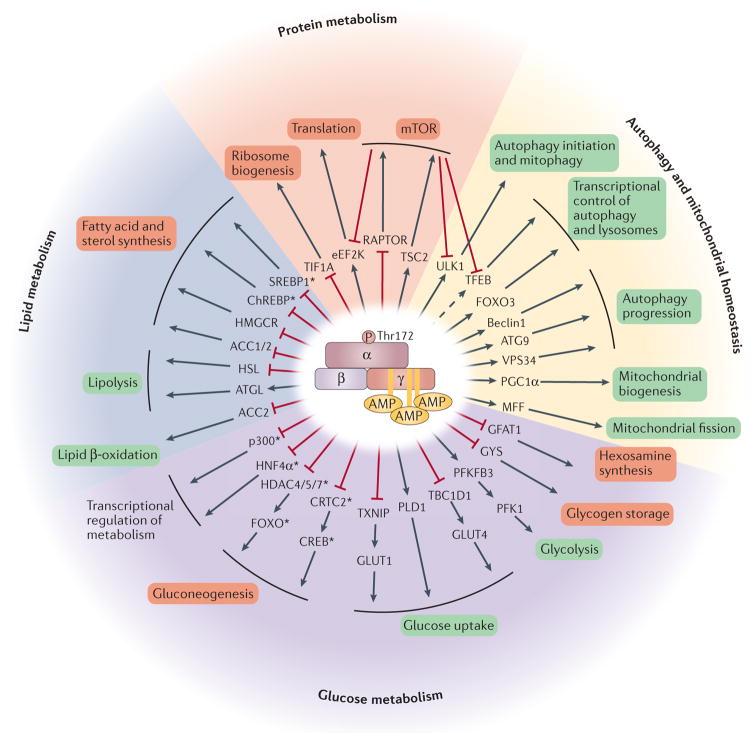Figure 2. AMPK regulates a variety of metabolic processes.
Once activated, the AMP-activated protein kinase (AMPK) complex phosphorylates key targets to rewire metabolism. The direct targets of AMPK are shown in the first concentric circle. The arrow indicates whether the phosphorylation is activating or inhibitory for the function of the target protein. The general process in which each target is involved is indicated in the next circle, and the box colour indicates whether that general process is activated (green) or inhibited (red). For certain targets, an intermediate mediator of the effect is indicated between the two circles. The pathways modulated by AMPK are grouped into four general categories — protein metabolism, lipid metabolism, glucose metabolism, and autophagy and mitochondrial homeostasis — denoting the wide range of processes that are controlled by AMPK. mTOR is modulated by AMPK while also modulating several direct or indirect targets of AMPK. This is illustrated by arrows from mTOR to its targets and serves to emphasize the complex relationship between these two signalling pathways. Transcriptional regulators are denoted by an asterisk. It is important to note that only a subset of AMPK substrates is included in the figure. ChREBP, carbohydrate-responsive element-binding protein; CREB, cAMP response element-binding protein; FOXO, forkhead box protein O; HDAC, histone deacetylase; HMGCR, HMG-CoA reductase; HNF4α, hepatocyte nuclear factor 4α; MFF, mitochondrial fission factor; PGC1α, peroxisome proliferator-activated receptor-γ co-activator 1α; PLD1, phospholipase D1; SREBP1, sterol regulatory element-binding protein 1; TFEB, transcription factor EB.

